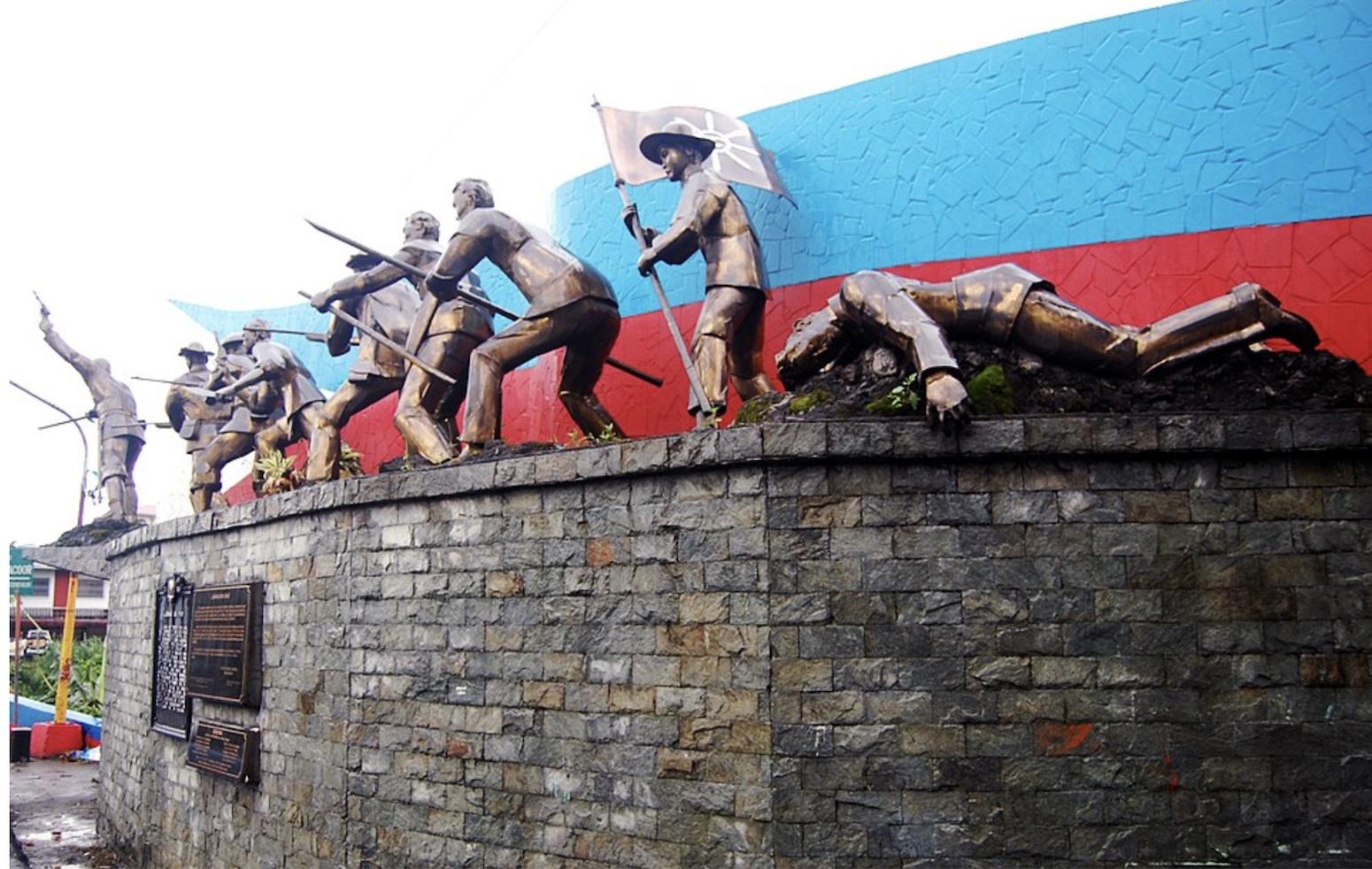IN a Christian country like the Philippines, the birth of Jesus Christ is not only the most celebrated event as come January 1, thousands of devotees of the Black Jesus of Nazarene also greets the new year with a procession of the holy image along the streets of Quiapo in Manila.
The devotees that recently attended the procession last Jan. 1 are expected to multiply as Filipino devotees from all over the country come together for the feast of the miraculous Black Nazarene that is celebrated every January 9th.
The Black Nazarene, otherwise known as Nuestro Padre Jesus Nazareno de Quiapo (Our Father Jesus Nazarene of Quiapo), is a dark, life-sized, wooden sculpture of Jesus Christ carrying a cross. It was brought into the country by the Augustinian Recollect Missionaries in the early 17th century via a galleon from Acapulco, Mexico.
The Nazarene’s charred color is believed to be attributed to its miraculous powers, having survived a fire on the ship that carried it; as well as surviving another fire that brought down the Quiapo church in 1791 and 1929; the image also remained unscathed through strong earthquakes in 1645 and 1843, as well as the bombing in Manila during the Second World War in 1945.
Every year, the Black Nazarene is taken three times out of the St. John the Baptist Parish in Quiapo; during New Year’s, the Patron’s feast day on Jan. 9 and on Good Friday. It is also every year that devotees of the Black Nazarene of Quiapo continue to grow in numbers hoping to touch at least the Nazarene’s feet or the rope that steers its carriage with faith that it will free devotees from sins, heal them from illnesses and grant them their prayers.
The devotees—mostly men—then follow the procession barefoot as a sign of humility before the Black Nazarene. Some wave their white towels and throw it at the mamamasan or the Nazarene volunteers who would rub the towel on the Nazarene and give it back to its owners believing that the towels have already been blessed.
Notwithstanding the scorching sun or the physical discomfort brought about by a throng of people all longing to touch the blessed Nazarene, the devotees still manage to say, “Viva, Viva!” as the Black Nazarene passes their way.
With the number of more than a million devotees last year, the feast of the Black Nazarene also entailed death to some. In 2010, two deaths have been reported—one dying due to cardiac arrest while another succumbed to multiple injuries. Two hundred twenty-one participants were also provided medications with most cases ranging from foot injuries and lack of oxygen.
It is everybody’s prerogative to practice or express their faith and religion in whichever way they please. But in practicing faith, one must also keep in mind that our actions must be according to what is acceptable to whom we profess our devotion.
While faith is considered diverse, the idea that no Creator wants his sons or daughters to hurt each other remains the same. Being desperate is no reason to act in a reckless manner. It is in performing acts of selfless and simple devotion despite tribulations can we achieve God’s grace.
(www.asianjournal.com)
(OCIE Jan 7-13, 2010 Sec A pg. 6)
Back To Top





